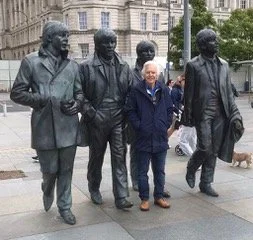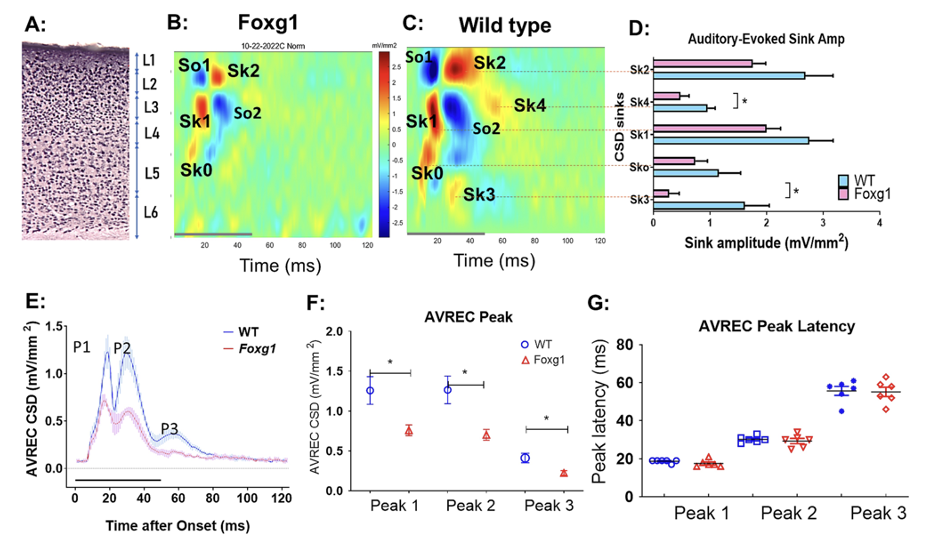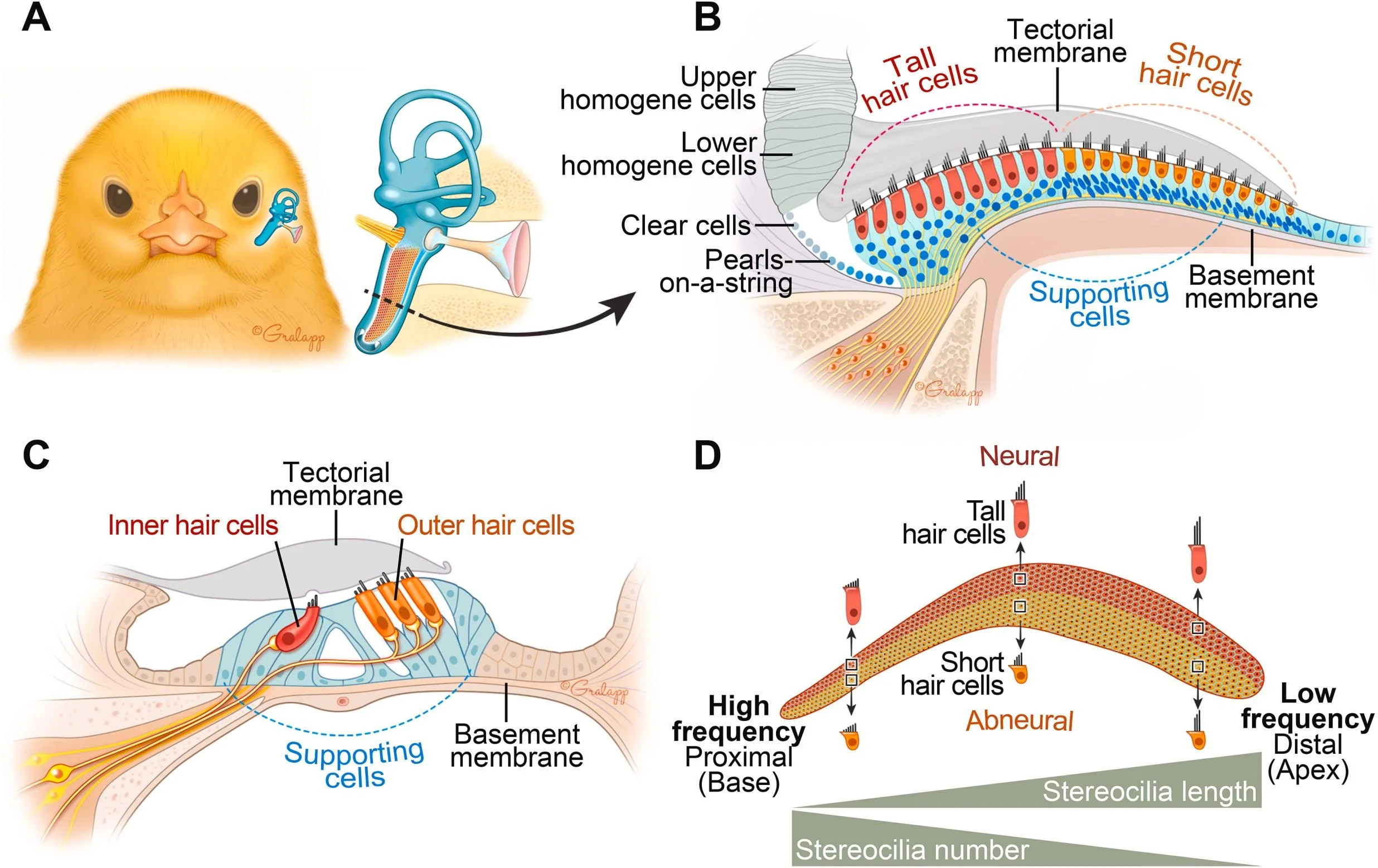By Anat V. Lubetzky, Ph.D.
Balance is known to be specific and “context-dependent.” Context is defined as “the circumstances that form the setting for an event, statement, or idea, and in terms of which it can be fully understood and assessed.”
The majority of studies reporting that balance is context-dependent refer to the task: attempting to standing steady (static balance) or moving (dynamic balance); performing a balance task alone or with an additional cognitive task such as memory or calculation; standing on a stable or an unstable surface, etc. For example, improving one’s single-leg stance time is not expected to transfer to faster or more stable walking.
Scenes of stars or a city create environments whose auditory and visual inputs can be manipulated using head mounted displays.
Current virtual reality technology allows context-based testing of multisensory integration and balance using head mounted displays (HMDs). By creating diverse environments that provide different contexts (e.g., a street vs. the clinician’s office) we can be better positioned to assess changes in balance performance potentially induced by cognitive and emotional aspects, such as postural threats, fear of imbalance, or symptoms related to past experiences within specific environments.
In our study published in Frontiers in Neurology in June 2021, we investigate how postural sway and head kinematics change in healthy adults in response to different levels of combined auditory and visual perturbations: static visuals without sounds, and then two levels of moving visuals and dynamic sounds of varying intensity. These gradual perturbations were created in two different contexts: an abstract stars scene or a city scene (see the image above).
Our first finding was that the current settings were too subtle to test differences between responses to low and high visuals and sounds. We therefore combined the low and high data and compared the “static visual, no sound” vs. dynamic scenes. That prevented us from being able to isolate the role of sounds in this specific protocol. Future studies should isolate each modality at the presence of the other.
Our second finding was that for most measured parameters (side-to-side postural sway and head movement, pitch and roll head movement), an increase in movement between the static and dynamic scenes was greater in the city than the stars scene. These findings support the importance of context in the study of sensory integration and confirm the feasibility of an HMD setup to evaluate balance in different contexts.
We also explored the feasibility of this novel HMD assessment in individuals with unilateral peripheral vestibular hypofunction and monaural hearing (hearing on one side only). The majority of the vestibular group moved more than controls when the scenes were dynamic, particularly in the city scene. The monaural hearing group was more diverse, with slightly more than half performing similarly to controls. Those who performed differently had either prior vestibular rehabilitation or reduced hearing compared with the others.
Fall risk in people with hearing loss has been shown in older adults, and our pilot data suggest balance impairments in people with single-sided hearing are more likely to arise in older participants with moderate dizziness. Future studies utilizing HMDs should further assess the impact of aging with and without hearing loss on postural performance in a larger sample with a specific diagnosis of the hearing loss type as well as control for vestibular symptoms in those with hearing loss.
A 2019 Emerging Research Grants scientist, Anat V. Lubetzky, Ph.D., is an assistant professor in the physical therapy department at New York University.








This new computer model can serve as the bedrock not only to better understand how the middle ear vibrates during bone conduction but also to develop new diagnostics for middle ear conditions and inform the design of novel hearing devices.